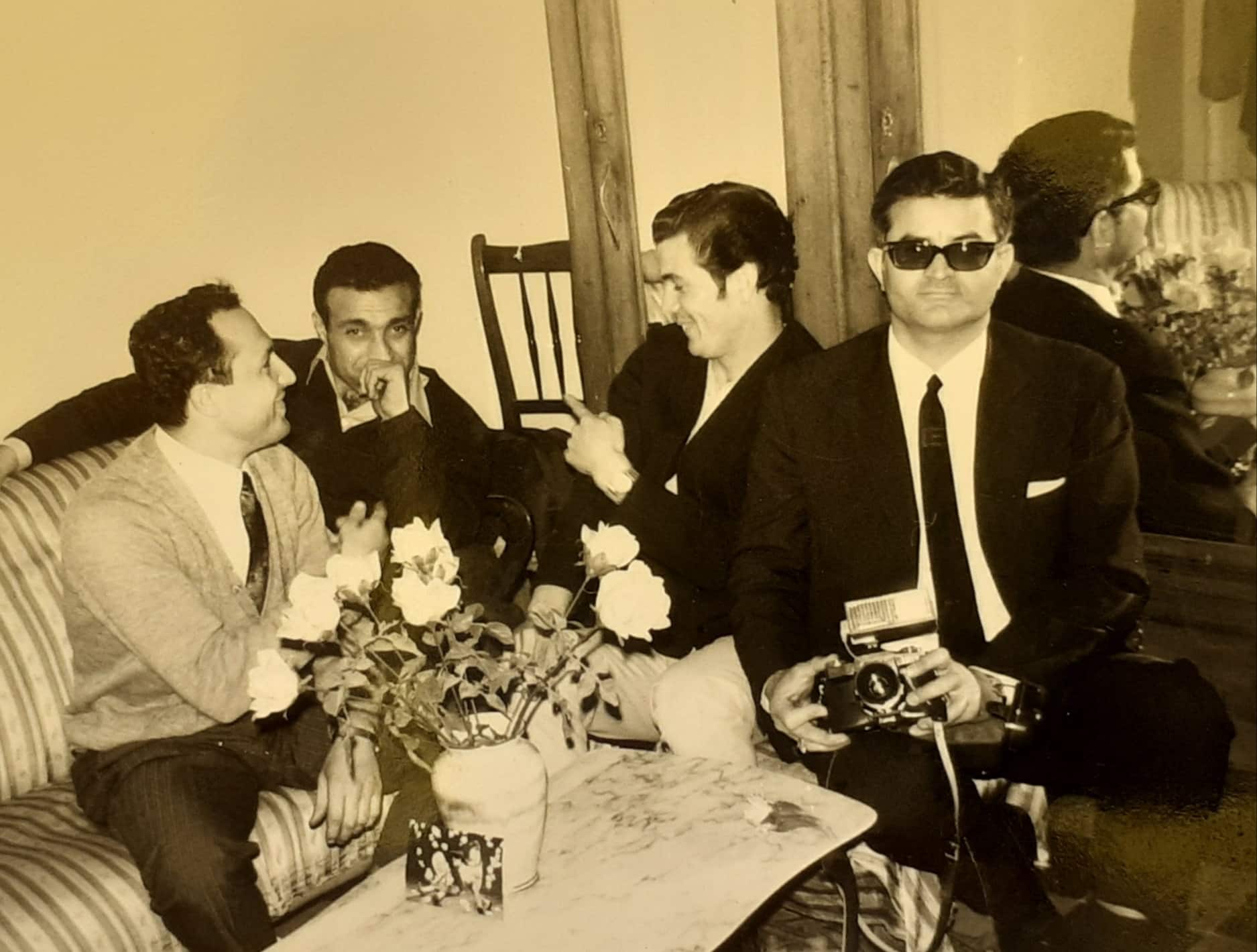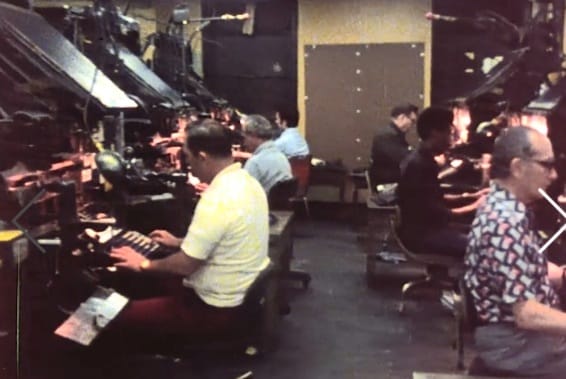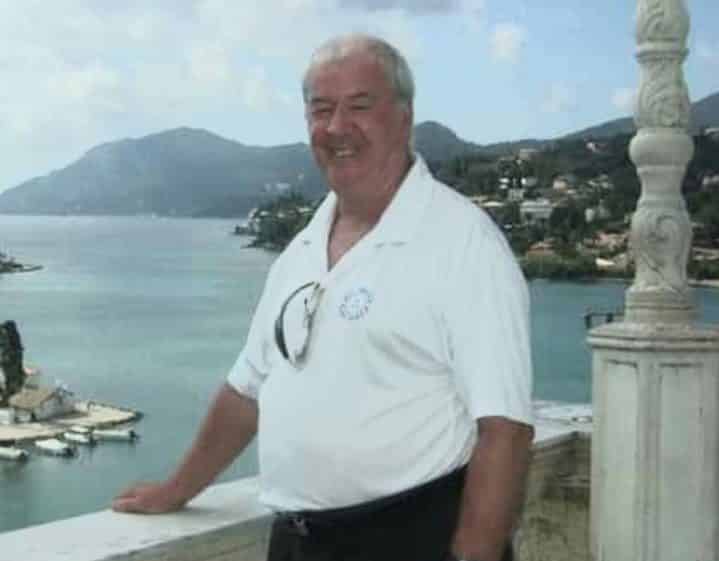- Quote: ‘At the Libyan Government Press in Tripoli I spent my 28th birthday – 600 miles in the middle of the Sahara Desert! – putting in a new Linotype machine in Sheba. The remotest place I’ve ever worked’.
- Andrew Atkinson talks to Los Altos, Orihuela based Frank Stanhope, in Part 1 of a Leader Exclusive, about the end of an era when newspapers switched Linotype hot metal during the 1970-80s, replaced by phototypesetting, computerised and page composition systems.
I WAS in the newspaper industry for 34 years, undertaking maintenance to Linotype hot metal machines, starting my apprenticeship in 1956 at Linotype & Machinery Altrincham, Cheshire, said Octogenarian Frank.
Frank’s apprenticeship began as an office boy, during the time breaking news arrived on the 1958 Manchester United Munich Air Disaster with 23 deaths.
“When my apprenticeship was over in the early 60s I was qualified to repair and instal machines, the first being for D.C. Thompson printers for the Dandy and Beano comics.
“I then had an opportunity to repair and instal machines at the Daily Post and Liverpool Echo in 1964, becoming a Liverpool fan,” said Manchester born Frank, 80.

“I had some good times at The Echo, but sad times too, one being the day news came through about the Aberfan Disaster in 1966, when 24 adults and 116 children died when a colliery spoil tip collapsed.
“The Daily Post was printed in the morning and the Echo for evening editions. By noon of the Aberfan disaster a Special Edition was on the streets. It was a sad day,” recalled Frank.
On Saturday football match days, Frank said: “Sports writers wearing headphones came to the Composing room at 4.30pm, plugged in headsets and wrote the reports and results.
“Copy was given to the Linotype compositors, who typed it up for late football editions.”
In printing and typography, hot metal typesetting (also called mechanical typesetting, hot lead typesetting, hot metal, and hot type) is a technology for typesetting text in letterpress printing.

This method injects molten type metal into a mold that has the shape of one or more glyphs.
Once called the ‘eighth wonder of the world’ by Thomas Edison, Linotype typecasting machines revolutionised publishing when invented in 1886, remaining for nearly a century.
After working at the Daily Post and Echo, Frank worked with the Libyan Government Press in Tripoli.
“I started work in the Libyan Government Press in Tripoli in 1969, spending my 28th birthday – 600 miles in the middle of the Sahara Desert!
“I was putting in a new Linotype machine in Sheba – the remotest place I’ve ever worked,” said Frank.
“A new machine I installed for the Government Press was in a hotel in Benghazi – to watch the 1969 historic Apollo 11 Moon landing,” added Frank.
What happened next was unexpected: “I shared accommodation with a press worker in Tripoli called Farag.
“One day I was getting ready to go to work and he received a message on his radio, that sounded strange.
“I asked Farag what was happening and he said that there had been a Revolution. ‘Where’, I asked. ‘Here’, he replied.
“I went to the window to have a look out and saw a soldier at the gate – with a gun – waving his hand for me to get back in!
“It was two weeks before we returned to work. During that time I was putting washing out on a flat roof.
“A Government building was just a short distance away with soldiers on the roof – one of them took a pot shot at me – luckily it missed. I didn’t hang around for more!”
*Part 2 of a Leader Exclusive continues next week. Algeria, Fleet Street, USA, the end of hot metal and moving to Spain.





